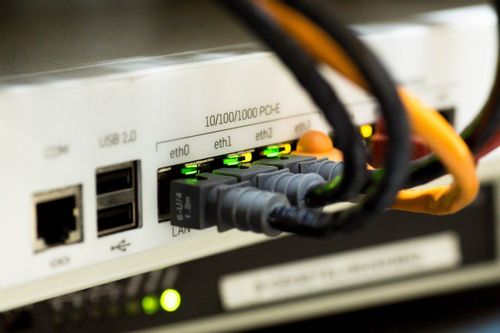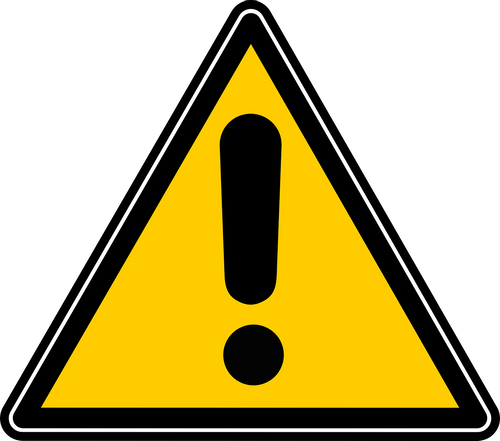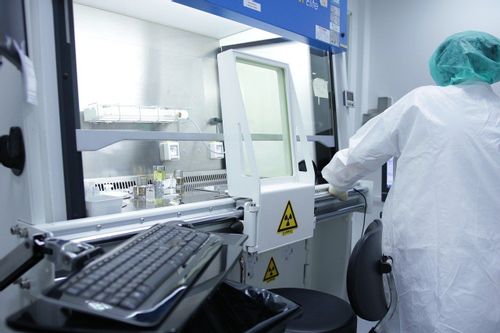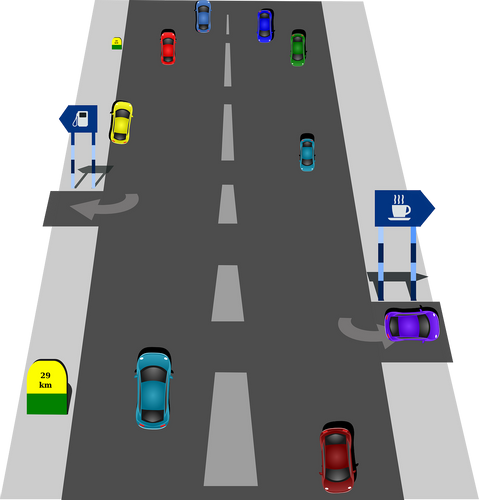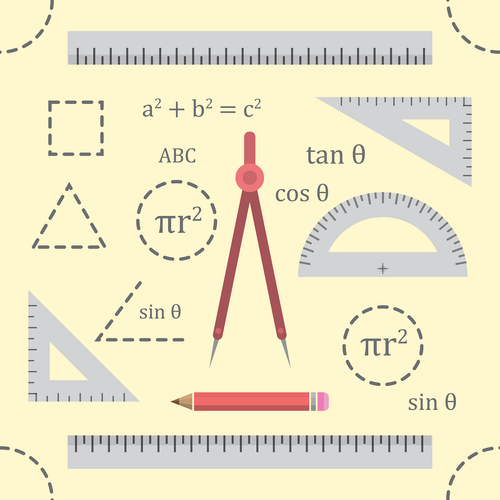Standards Packages
iTeh together with SIST has developed and compiled a comprehensive collection of standard packages to support your standard requirements. Our packages cover an array of content that includes quality management, risk management, road vehicles, machine safety, and much more. With over 200 packages to choose from, you are sure to find a collection to suit your standard needs.
Latest Standards
This document specifies the general characteristics, conditions for qualification, acceptance and quality assurance for a fibre optic cable with a 62,5 µm/125 µm simplex fibre, 2,74 mm outside cable diameter and of semi-loose construction. The basic construction is the cable specified in EN 4641-102 with added sheaths for ruggedized usages.
- Standard13 pagesEnglish languagesale 10% offe-Library read for1 day
This document specifies a method of determining the ability of elements of connection to withstand sinusoidal or random vibrations of specified severities.
It is used together with EN 2591-100.
This test is based on EN 60068-2-6 and EN 60068-2-64.
- Standard14 pagesEnglish languagesale 10% offe-Library read for1 day
This document specifies the test methods to evaluate the performance of coaxial, quadrax and databus cables after the installation of plastic cable ties.
It is expected to be used together with EN 3475 100.
- Standard12 pagesEnglish languagesale 10% offe-Library read for1 day
This document specifies the requirements for the effective control of non-deliverable software. This document can be used during the design, development, test, production, release, use, maintenance, and retirement of non-deliverable software. This can include non-deliverable software procured from external suppliers and utilized in the design, production, evaluation, test, acceptance, or calibration of a deliverable product.
This document focuses solely on the unique requirements of the operational processes that pertain to non-deliverable software as identified below:
This document applies to non-deliverable software (including firmware) that affects a deliverable product or service. Following are several applications and supporting examples of non-deliverable software that is within the scope of this document:
— design and development: modelling, simulation, virtual reality, virtual machine, computer-aided design (CAD), three-dimensional (3D) modelling and analysis tools, software compiler, and code generators;
— manufacturing: additive manufacturing, computer numerical controlled (CNC) programs, robotics, factory automation, tools that load deliverable software, software used in special process (e.g. heat treat, shot peen, sonic wall inspection), and automated manufacturing software (i.e. pick and place);
— verification, validation and maintenance: coordinate measuring machine (CMM) programs, hardware or software qualification, code coverage, test scripts, analysis tools, acceptance test, production acceptance, calibration (inspection, test or calibration), simulator, emulator, and software used in post-delivery service provisions.
The following types of software are not within scope of this document:
— deliverable software (refer to EN 9115);
— manufacturing and measuring equipment embedded software (e.g. operating system, drivers);
— enterprise or office software (e.g. MS Office, word processing or spreadsheet applications, Teams, network software, email, employee management system).
Operational processes not covered in this document are addressed by the respective organization’s quality management system (QMS), based on the EN 9100-series (i.e. EN 9100, EN 9110, EN 9120) and/or ISO 9001 standards.
- Standard14 pagesEnglish languagesale 10% offe-Library read for1 day
This European Standard deals with the safety of electric insect killers for household and similar purposes, their rated voltage being not more than 250 V, including direct current (DC) supplied appliances and battery-operated appliances.
- Draft4 pagesEnglish languagesale 10% offe-Library read for1 day
- Draft20 pagesEnglish languagesale 10% offe-Library read for1 day
This European Standard deals with the safety of stand-alone electric spin extractors, and pin extractors incorporated in washing machines that have separate containers for washing and spin extraction for household and similar purposes that have a capacity not exceeding 10 kg of dry cloth and a drum peripheral speed not exceeding 50 m/s, their rated voltages being not more than 250 V for single-phase appliances and 480 V for other appliances
- Draft25 pagesEnglish languagesale 10% offe-Library read for1 day
This document specifies a method for obtaining a relative measure of the plastic behaviour of hard coal when heated under prescribed conditions. The method is used to obtain values of the plastic properties of coals and blends used in carbonization and in other situations where determination of plastic behaviour of coals is of practical importance. NOTE The empirical nature of this test requires proper equipment calibration to produce fluidity readings which are a true indication of the relative plastic behaviour of the coal.
- Standard13 pagesEnglish languagesale 15% off
IEC 62290‑3:2025 specifies the system architecture for urban guided transport management and command/control systems (UGTMS) as defined in IEC 62290‑1 and IEC 62290‑2, and the allocation of functions and requirements defined in IEC 62290‑2 to the different UGTMS subsystems (designated as system constituents in IEC 62290‑1 and IEC 62290‑2), for use in urban guided passenger transport lines and networks. The IEC 62290 series specifies the functional, system and interface requirements for the command, control, and management systems intended to be used on urban, guided passenger transport lines and networks. These systems are designated herein as urban guided transport management and command/control systems (UGTMS). UGTMS cover a wide range of operations needs from non-automated (GOA1) to unattended (GOA4) operation. A line may be equipped with UGTMS on its full length or only partly equipped. The IEC 62290 series does not specifically address security issues. However, aspects of safety requirements may apply to ensuring security within the urban guided transit system. The main objectives of this series are as follows: * to provide a baseline system description and functional requirements specification for a transport authority to use in a request for proposal, * to provide recommendations for those transport authorities wishing to acquire an interoperable or interchangeable system. It is the responsibility of the transport authority concerned to decide on how to apply the IEC 62290 series and to take into account their particular needs. The IEC 62290 series is also intended to support applications for upgrading existing signalling and command control systems. In this case, interchangeability and compatibility could be ensured only for the additional UGTMS equipment. Checking the possibility for upgrading existing equipment and the level of interoperability is the responsibility of the transport authority concerned. This document is applicable for new lines or for upgrading existing signalling and command control systems. This document is applicable to applications using * continuous data transmission, * continuous supervision of train movements by train protection profile, and * localisation by onboard UGTMS equipment (reporting trains), and optionally by external wayside (and optionally onboard) device. The functional allocations of the UGTMS subsystems are mandatory (forming a sort of core system) or optional, according to the mandatory/optional functions and requirements defined in IEC 62290‑2. This document is applicable as a basis to define FIS and FFFIS. For specific applications, some elements can be added to meet the requirements coming from additional functions or equipment. This second edition cancels and replaces the first edition published in 2019. This edition constitutes a technical revision. This edition includes the following significant technical changes with respect to the previous edition: a) the last maintenance of IEC 62290‑1 is taken into account, in particular the changes made for describing the external environment of UGTMS; b) the last maintenance of IEC 62290‑2 is taken into account, as IEC 62290‑3 is using the requirements defined in the latter. Therefore, the document reflects the deleted functions and requirements in IEC 62290‑2, and also the new functions and requirements.
- Draft280 pagesEnglish languagesale 10% offe-Library read for1 day
This document provides examples and background literature for identifying and calculating greenhouse gas displacement potential for wood-based products as defined in ISO 13391-3:2025, including the calculation of displacement factors. This document also provides a review of considerations for further analyses that address the impact of these potentials over time in a broader economy setting.
- Technical report26 pagesEnglish languagesale 15% off
DEN/ERM-TG28-561
- Standard100 pagesEnglish languagesale 15% off
- Standard100 pagesEnglish languagesale 15% off
- Standard100 pagesEnglish languagesale 10% offe-Library read for1 day
This document describes the concepts and principles of information and communication technology (ICT) readiness for business continuity (IRBC). It provides a framework of methods and processes to identify and specify aspects for improving an organization's ICT readiness to ensure business continuity. This document serves the following business continuity objectives for ICT: — minimum business continuity objective (MBCO), — recovery point objective (RPO), — recovery time objective (RTO) as part of the ICT business continuity planning. This document is applicable to all types and sizes of organizations. This document describes how ICT departments plan and prepare to contribute to the resilience objectives of the organization.
- Standard33 pagesEnglish languagesale 15% off
- Draft36 pagesFrench languagesale 15% off
IEC 62290‑1:2025 provides an introduction to the IEC 62290 series and deals with the main concepts, the system definition, the principles and the basic functions of UGTMS (urban guided transport management and command/control systems) for use in urban guided passenger transport lines and networks. This document is applicable for new lines or resignalling of existing lines. This document is applicable to applications using: - continuous data transmission, - continuous supervision of train movements by train protection profile, and - localisation of trains by onboard UGTMS equipment (reporting trains), and optionally by external wayside (and optionally onboard) device. The IEC 62290 series specifies the functional, system and interface requirements for the command, control, and management systems intended to be used on urban, guided passenger transport lines and networks. These systems are designated herein as urban guided transport management and command/control systems (UGTMS). UGTMS cover a wide range of operations needs from non-automated (GOA1) to unattended (GOA4) operation. A line may be equipped with UGTMS on its full length or only partly equipped. The IEC 62290 series does not specifically address security issues. However, aspects of safety requirements may apply to ensuring security within the urban guided transit system. The main objectives of this series are as follows: - to provide a baseline system description and functional requirements specification for a transport authority to use in a request for proposal, - to provide recommendations for those transport authorities wishing to acquire an interoperable or interchangeable system. It is the responsibility of the transport authority concerned to decide on how to apply the IEC 62290 series and to take into account their particular needs. This document is applicable to applications using: - continuous data transmission, - continuous supervision of train movements by train protection profile, and - localisation of trains by onboard UGTMS equipment (reporting trains), and optionally by external wayside (and optionally onboard) device. This third edition cancels and replaces the second edition published in 2014. This edition constitutes a technical revision. This edition includes the following significant technical changes with respect to the previous edition: a) Figure 3, giving the system environment of UGTMS, has been amended to reflect the adaptation of it; b) external equipment for which no requirement is described in the IEC 62290 series has been removed; c) new external equipment having such requirements (like the washing machine) has been added.
- Draft31 pagesEnglish languagesale 10% offe-Library read for1 day
This document specifies a method for the rapid determination of the plasticity of raw rubber and unvulcanized compounded rubber. It is applicable to the determination of the plasticity retention index (PRI) as specified in ISO 2930.
- Standard9 pagesEnglish languagesale 15% off
- Standard34 pagesEnglish languagesale 15% off
The present document specifies technical requirements, limits and test methods for Short Range Devices in the non-
specific category operating in the frequency range 25 MHz to 1 000 MHz.
The non specific SRD category is defined by the EU Commission Decision 2019/1345/EU [i.3] as:
"The non-specific short-range device category covers all kinds of radio devices, regardless of the application or the
purpose, which fulfil the technical conditions as specified for a given frequency band. Typical uses include telemetry,
telecommand, alarms, data transmissions in general and other applications".
These radio equipment types are capable of transmitting up to 500 mW effective radiated power and operating indoor or
outdoor.
NOTE: The relationship between the present document and the essential requirements of article 3.2 of
Directive 2014/53/EU [i.2] is given in Annex A
- Standard107 pagesEnglish languagesale 15% off
- Standard107 pagesEnglish languagesale 15% off
- Standard107 pagesEnglish languagesale 10% offe-Library read for1 day
- Standard1 pageEnglish languagesale 15% off
Benefits

Full Standards Solution
Our catalog includes not only latest standards but also full meta information about related standardization project lifecycle.

Cost Effective
Our PRICE MATCH GUARANTEE policy with multi-level volume discounts gives our clients the best option in the market. In addition, you can get access to the standards for 3, 10, or 30 days.

Stay Notified
Get alerted to the latest revisions and new standards in the Weekly Newsletter. Standards are constantly changing. Don’t miss a revision that can impact your business.
About Us
iTeh Inc is a software development and IT consulting team of professionals who provide consulting, development and implementation of solutions for all types of businesses.
In cooperation, with the Slovenian Institute of Standardization (SIST), we create a unique solution that covers all aspects of the lifecycle of Standardization organizations. iTeh Standards is a part of the solution that helps SIST to provide and sell their products to Customers.
iTeh Standards Store is an evolving project, our goal is to build long-term relationships with our customers. We believe in delivering quality services to solve our customers' challenges and define success by exceeding our customers' expectations. We are always ready to listen and our experience allows us to provide our customers with helpful effective suggestions. You can contact us by email.
We are committed to providing the best possible experience for our customers.
Compliance with international standards is increasingly becoming one of the key competitive advantages in the global market. Our company creates all conditions for the most comfortable implementation of new documents and norms in the processes carried out by your organization. Some of the key advantages of working with us are:
- Cost-effective - multi-level discounts and permanent updates of the functions give our clients the best option on the market.
- e-Library - access to standards for a period of time of your choice. It is a cost-effective solution for keeping updated with the newest standards.
- Company-wide documents - create a company account and connect all employees with access to purchased standards, e-Library documents, and packages.
- All in one spot - all purchased standards are kept in one place with controlled access by the account administrator.
- Client-centric - providing quality consulting is the prerogative and incentive to create new products that accompany your success and scale.
- 24 / 7 client support
We are dedicated to building mutually beneficial and long-term relationships with our clients. That is why our team focuses on creating services to help our customers develop and achieve new productive results.








